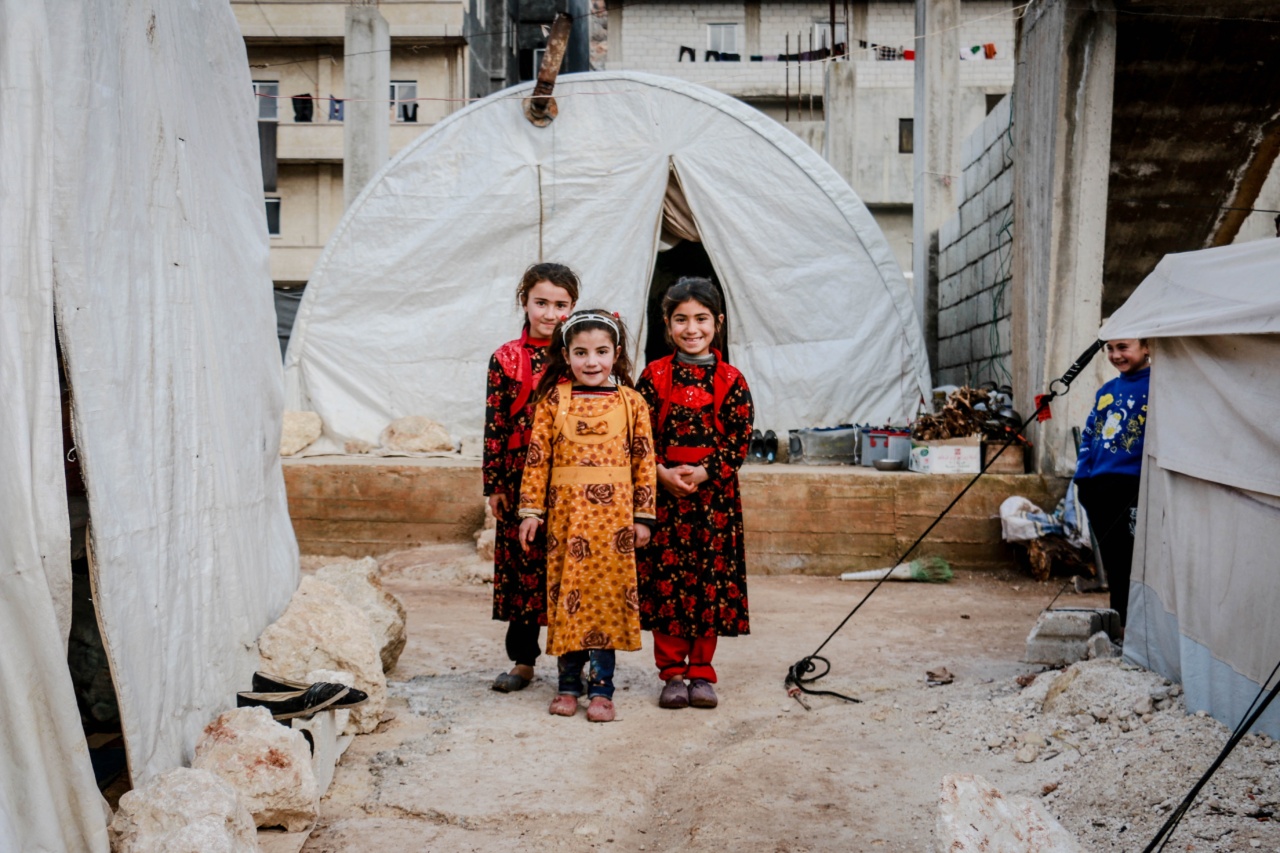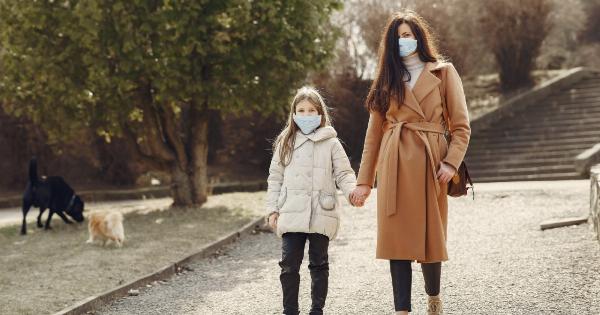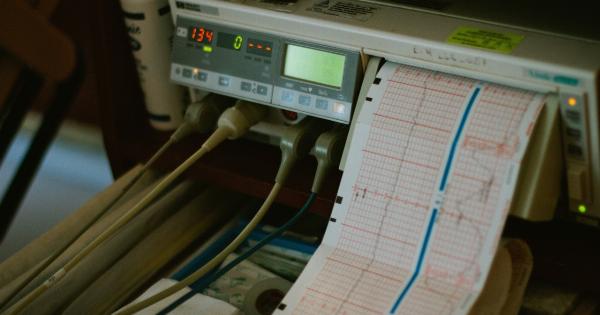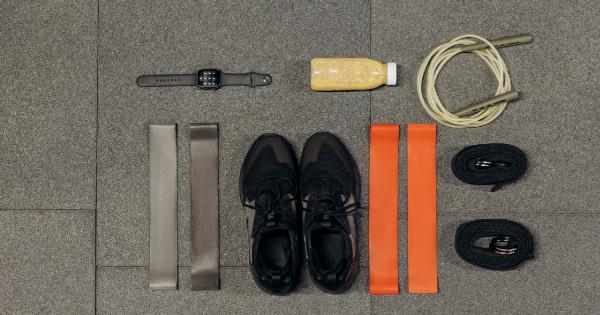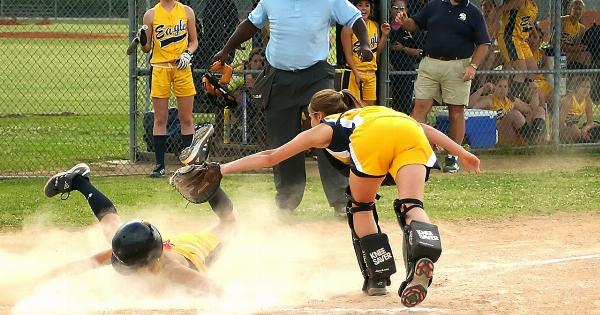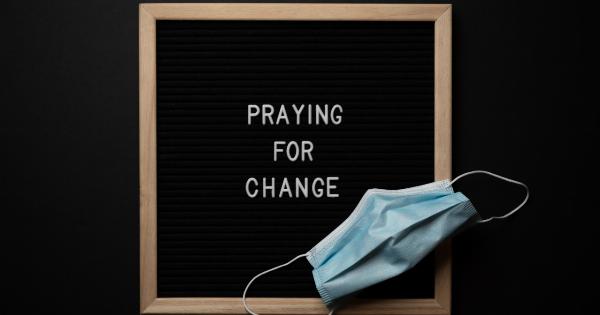As parents, ensuring the safety and well-being of our children is of utmost importance. Despite our best efforts to protect them, accidents can happen. That’s why it’s crucial to consider a child accident insurance policy.
This type of insurance offers coverage specifically for unexpected accidents that may occur, providing financial support and peace of mind for parents and guardians. In this comprehensive guide, we will explore everything you need to know about child accident insurance policies, including the benefits, coverage, and factors to consider when purchasing a policy.
1. What is Child Accident Insurance?
Child accident insurance is a specialized insurance policy that provides coverage for unexpected accidents involving children. It acts as an additional layer of financial protection beyond existing health insurance coverage.
This policy is designed to help parents or guardians cover medical expenses, hospitalization costs, and other related expenses resulting from accidents.
2. Benefits of Child Accident Insurance
There are numerous benefits to having a child accident insurance policy. Some key advantages include:.
- Financial Protection: Child accident insurance provides financial coverage for medical expenses, ensuring that your child receives the necessary care without placing a financial burden on your family.
- Accident-specific Coverage: This insurance policy is specifically tailored to cover accidents that may occur. It offers additional coverage not typically provided by standard health insurance policies.
- Peace of Mind: Knowing you have a child accident insurance policy in place can offer peace of mind, allowing you to focus on your child’s recovery rather than worrying about the financial implications.
- Coverage for Various Types of Accidents: Child accident insurance covers a wide range of accidents, including falls, fractures, burns, sports-related injuries, and more.
- No Deductibles: Unlike health insurance policies, child accident insurance often does not come with deductibles, ensuring coverage from the first dollar spent.
3. Coverage Offered by Child Accident Insurance Policies
Child accident insurance policies typically offer coverage for the following:.
- Medical Expenses: This includes hospitalization charges, doctor’s fees, medication costs, and other necessary medical treatments.
- Accidental Death and Dismemberment Benefit: In the unfortunate event of a child’s accidental death or permanent disability due to an accident, this benefit provides a lump sum payout to the policyholder.
- Emergency Room Visits: Coverage is provided for emergency room visits resulting from accidents.
- Surgical Procedures: Child accident insurance may cover surgical procedures required due to an accident.
- Physical Therapy and Rehabilitation: If the accident leads to the necessity of physical therapy or rehabilitation, the insurance policy may cover these expenses.
- Transportation Costs: Some policies cover transportation costs for transferring the child to a specialized hospital or medical facility.
4. Factors to Consider When Choosing a Child Accident Insurance Policy
Before purchasing a child accident insurance policy, it’s essential to consider the following factors:.
- Policy Coverage and Exclusions: Review the policy’s coverage in detail, ensuring it aligns with your specific needs. Pay attention to any exclusions or limitations mentioned in the policy document.
- Premiums and Deductibles: Compare the premiums and deductibles of different insurance providers. Take into account your budget and affordability when selecting a policy.
- Claim Process and Waiting Periods: Understand the claim process and waiting periods associated with the policy. Look for insurers with a reputation for efficient and hassle-free claim settlements.
- Network Hospitals: Check the list of network hospitals associated with the insurance provider. Having access to reputable hospitals and medical facilities can be crucial in providing quality healthcare for your child.
- Policy Renewal and Cancellation: Familiarize yourself with the terms and conditions related to policy renewal and cancellation. Choose an insurer that offers flexibility and convenience in these aspects.
5. Who Should Consider a Child Accident Insurance Policy?
A child accident insurance policy is beneficial for any parent or guardian concerned about their child’s well-being and financial security.
It is particularly recommended for families with children who engage in high-risk activities or participate in sports that may increase the likelihood of accidents.
6. How to Buy Child Accident Insurance
When purchasing a child accident insurance policy, you have several options:.
- Through an Insurance Agent: Contact a licensed insurance agent who can discuss different policy options and their benefits. They will guide you through the application process and help you choose a suitable policy.
- Online Insurance Portals: Many insurance providers offer the convenience of purchasing policies online. Visit their websites, compare plans, provide the necessary information, and make an online payment to complete the purchase.
7. Document Required for Purchasing a Child Accident Insurance Policy
To purchase a child accident insurance policy, you may need to provide the following documents:.
- Proof of Age: This can be your child’s birth certificate or passport.
- Proof of Identity: A copy of your child’s identification document, such as a passport or ID card.
- Address Proof: Submit a document verifying your residential address, such as a utility bill or bank statement.
8. Additional Tips for Child Safety and Accident Prevention
While child accident insurance provides financial protection, taking precautionary measures to prevent accidents is equally important. Here are some additional tips to enhance child safety:.
- Childproof Your Home: Secure cabinets, lock away harmful substances, and install safety gates to prevent falls and accidents at home.
- Supervise Outdoor Activities: Always supervise your child’s outdoor activities, particularly during sports or recreational events that involve a higher risk of accidents.
- Ensure Proper Safety Gear: When engaging in sports or other high-risk activities, ensure your child wears appropriate safety gear, such as helmets, knee pads, and elbow pads.
- Teach Road Safety: Educate your child on road safety rules and ensure they are accompanied by an adult near busy roads.
- Promote Hygiene and Health: Encourage good hygiene practices and teach your child about the importance of cleanliness to prevent illnesses.
- Regular Doctor Check-ups: Schedule routine check-ups with your child’s doctor to identify any potential health issues early on and take preventive measures.
9. Conclusion
Child accident insurance is an invaluable investment for parents and guardians, providing essential coverage and financial support during unexpected accidents.
By understanding the benefits and coverage offered by child accident insurance policies, you can make an informed decision when choosing the right policy for your child’s needs. Remember to consider various factors, compare different policies, and take proactive steps to prevent accidents and ensure the well-being of your child.
